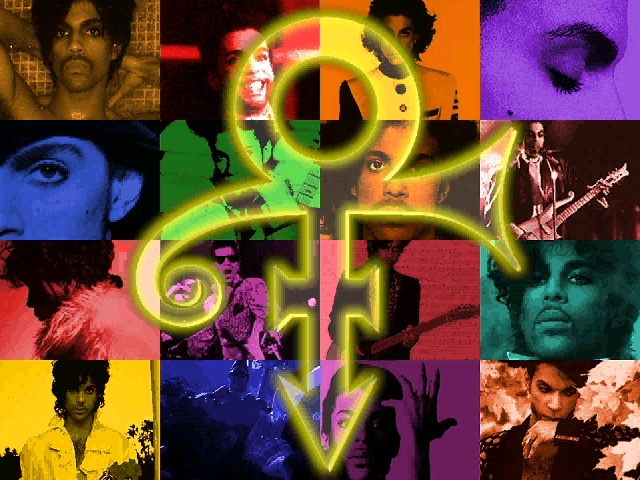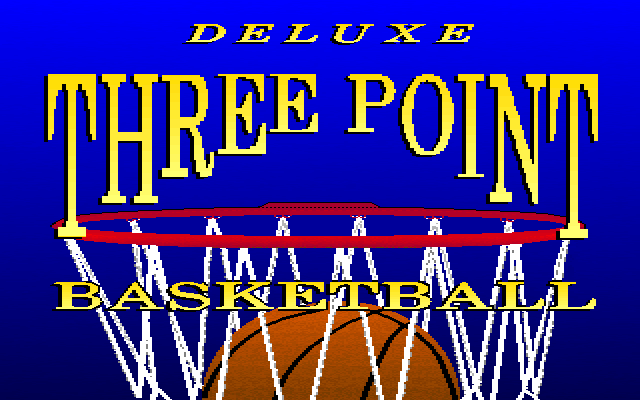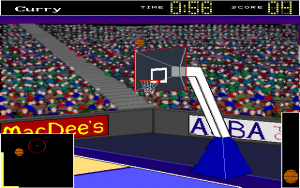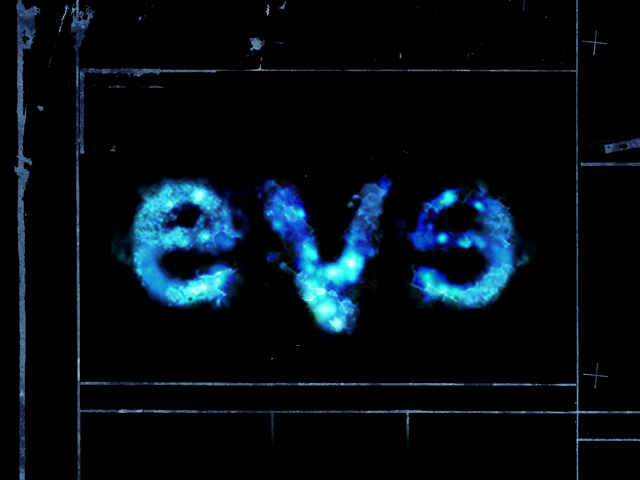Music Highlight: Lighthouse: The Dark Being 

A bit less than midway into Lighthouse: The Dark Being, you visit the Temple of the Ancient Machines, a decaying storehouse of past technology. The temple and its lone inhabitant are the soul of the game, the last well of possibility in a failed world. With mystic wonder and sadness, the music of the temple ekes out the last of that draining hope.
The Temple of the Ancient Machines is beautiful and sad; its wind-battered stone walls protect the keys to the planet’s future, yet it clearly has only a short time left before falling into oblivion. The choir in the second half of the music conveys the sweeping desolation and stature of the temple, but the melody finds its heart. You can read the harp part as either expectant and spiritual or fragile and fading. This piece can be all of those at once, reflecting on the mythical remaining connections to the old world but also their gradual ruin.
The constant wind sound effect is frustrating for listening purposes, but thematically, it fits far better than expected. It’s musical erosion, clawing away at the hopefulness of the temple until it’s inaudible.






